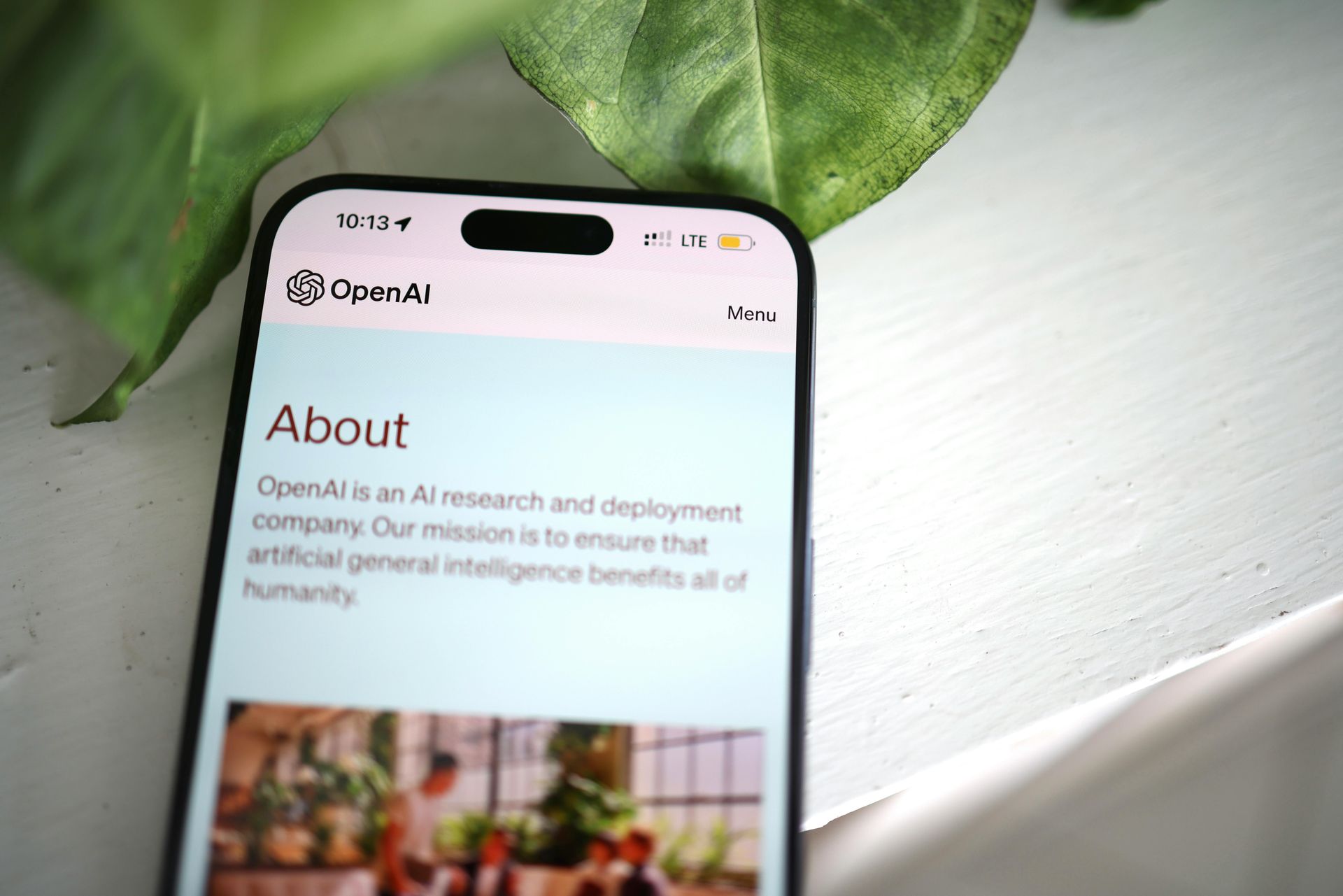Read our Top 10 tips on how to improve your basic on-site SEO

If you’ve ever wondered why some websites show up at the top of Google search results while others are buried on page 10, the answer is simple: SEO — Search Engine Optimization.
Don't worry if you've never heard of SEO or think it sounds technical. The truth is, there are many things you can do right now, even as a beginner, to help improve your website’s visibility in search results — for free.
This blog post breaks it down into easy steps, using simple language, no jargon, and includes the top 10 basic SEO tips you can use today to start getting found on Google.
What is SEO?
Search Engine Optimization (SEO) is how you help Google (and other search engines) understand your website so it can show it to the right people.
If you're a personal trainer in Manchester, SEO helps your website appear when someone searches for “personal trainer near me” or “fitness coach in Manchester.”
The better your SEO, the higher you show up in the results. Higher rankings mean more visitors to your website.
Why SEO Matters
More people will find your business online
- You’ll attract the right kind of traffic (people already looking for what you offer)
- You’ll build trust by showing up in organic (unpaid) search results
- You can compete with bigger companies — even on a small budget
Top 10 SEO Tips You Can Use Today
These tips are designed for total beginners. You don’t need to be a web developer or have any coding knowledge. Just follow these steps and apply them to your website content.
1. Use the Right Keywords on Every Page
Keywords are the words and phrases people type into Google.
Think about what your ideal customer would search for. Then use those exact words on your website pages in natural, relevant ways.
Include keywords in:
- Page titles
- Paragraph text
- Image file names and alt text
- URLs (website links)
- Headings
Example keywords:
- “massage therapist in Brighton”
- “vegan soy candles UK”
- “online personal training plans”
2. Write a Unique Title and Meta Description for Every Page
Each page on your website should have its own:
- Title tag (shows in browser tabs and search engine results)
- Meta description (a short summary under your title in search results)
Make sure each one:
- Accurately describes what’s on the page
- Includes a keyword
- Encourages people to click through
- Is short and clear (title: under 60 characters, meta description: under 160)
Example:
- Title: “Candle Maker in Leeds | Handmade Soy Candles”
- Meta Description: “Shop small-batch, vegan soy candles in Leeds. Perfect gifts with natural scents and sustainable packaging.”
3. Make Sure Your Website is Mobile-Friendly
Over half of Google searches happen on phones. If your site isn’t mobile-friendly, Google will rank you lower.
What to check:
- Is your site easy to read on a mobile phone?
- Do menus and buttons work on smaller screens?
- Does your site load quickly?
4. Speed Up Your Website
Website speed affects your Google ranking and user experience.
Simple ways to improve speed:
- Compress large image files before uploading them
- Avoid cluttered page designs
- Use fast, reliable website hosting
- Minimize popups and scripts
5. Use Proper Headings (H1, H2, H3)
Headings help break up your content and tell Google what’s important.
- Use one H1 tag per page for your main title
- Use H2 tags for section titles (like this one)
- Use H3 tags for sub-sections
Include relevant keywords in your headings where it makes sense, but keep it natural and useful for readers.
6. Add Alt Text to All Images
Search engines can’t see images, but they can read the image alt text (a short description of what the image shows).
Alt text helps:
- Google understand your content better
- Your images appear in Google Images search
- Make your site more accessible for screen readers
Example:
- Bad alt text: “IMG123.jpg”
- Good alt text: “hand-poured vanilla soy candle in glass jar”
7. Create Helpful, Keyword-Rich Content
Google loves useful, original content. You can start a blog or add articles to your site that answer your customer’s questions.
Content ideas:
- “How to Choose the Right Massage Oil for Stress Relief”
- “Top 5 Fitness Tips for Busy Parents”
- “The Difference Between Soy and Paraffin Candles”
Tips:
- Write naturally and use keywords where it makes sense
- Make it easy to read (short paragraphs, bullet points, clear headings)
- Aim for at least 500 to 1000 words per post
8. Set Up a Google Business Profile (for Local SEO)
If your business has a physical location or serves a local area, setting up a free Google Business Profile can help you appear in:
- Google Maps
- Local “near me” searches
- The sidebar in Google Search
What to include:
- Business name, address, and phone number
- Opening hours
- Website link
- Business description with keywords
- Customer reviews
- Photos of your location, products, or services
9. Link Between Pages on Your Website
Internal linking helps:
- Keep visitors on your website longer
- Guide people to important pages
- Help Google crawl and index your site more effectively
Tips for internal linking:
- Link to your “Contact” page from your homepage
- Link blog posts to your services or products
- Use descriptive anchor text like “See our candle collection” instead of “click here”
10. Use Google Analytics and Google Search Console
These two free tools from Google give you insight into how your site is performing and how people find you.
- Google Analytics shows visitor behavior (where they come from, what pages they visit, how long they stay)
- Google Search Console shows which keywords you rank for, how many people see your site in search results, and any technical issues Google finds
With this data, you can improve what’s working and fix what’s not.
Final Thoughts: Start Small, Stay Consistent
You don’t need to do everything at once. Start with 2 or 3 of these SEO tips and apply them to your homepage or most important pages. Over time, add more as you feel comfortable.
The key is consistency. SEO is not a one-time fix — it’s an ongoing process. But with a little effort, you can attract more visitors, grow your brand, and increase sales — all without paying for ads.
Quick Recap – 10 Basic SEO Tips
- Use the right keywords across your website
- Write unique page titles and meta descriptions
- Make your website mobile-friendly
- Improve your site speed
- Use proper headings (H1, H2, H3)
- Add alt text to every image
- Create valuable, keyword-rich content
- Set up your Google Business Profile
- Link between your web pages
- Use Google Analytics and Search Console
Want Help Improving Your SEO?
If you're unsure where to start or would like a second opinion on your current website, we offer several SEO audits and monthly managed service packages. It’s beginner-friendly and designed to give you real, actionable advice — no tech jargon.
Get in touch today on +44 7859 815326 to discuss how we can support you with your SEO journey.







